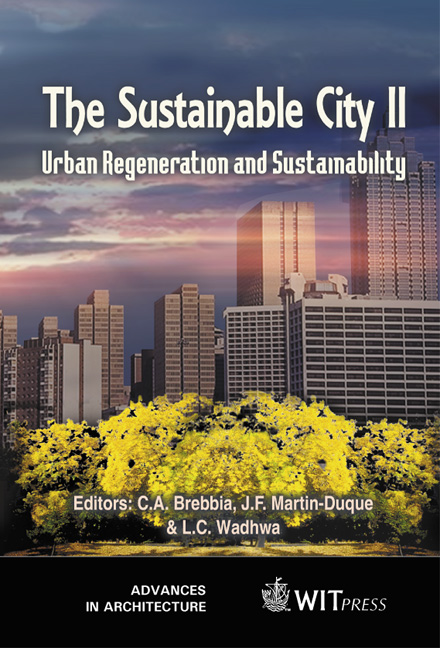Creating Livable Cities: The Need For Urban Agriculture
Price
Free (open access)
Transaction
Volume
54
Pages
Published
2002
Size
652 kb
Paper DOI
10.2495/URS020931
Copyright
WIT Press
Author(s)
G. E. Castillo & S. Langeveld
Abstract
Agricultural activities within city limits have existed since the first urban populations were established thousands years ago. It was generally considered that this practice eventually would disappear as cities industrialised and modernised. Yet, gardens persisted, particularly in cities in developing countries. There is a pressing need to develop land use policies, which can incorporate the social, economic, and environmental benefits that urban gardens give to their practitioners and to the urban ecology. Even though support for urban agriculture is growing among international development agencies, research institutes and some governments, the \“ground” work of civil society organisations remains on the margins. This paper examines the contributions of a number of civil society organisations working on urban agriculture in Africa and Latin America. It argues that there is a need to incorporate both urban agriculture and civil society organisations in creating livable cities. 1 Introduction Agricultural activities within city limits have existed since the first urban populations were established thousands years ago. Governments thought that this practice eventually would disappear as cities industrialised and modernised. Yet, gardens persisted. In the 1960s and 1970s, researchers and local policy makers largely ignored it (Rakodi [14]). With the impact of economic recession, the effects of structural adjustment programmes, and the crises of the 1980s and 1990s, the cultivation of food crops is now both more widespread and economically significant in many urban areas, particularly in Africa (Sanyal [17]; Tricaud [19]; Drakakis-Smith [3]; Drakakis-Smith et al.[4]).
Keywords





